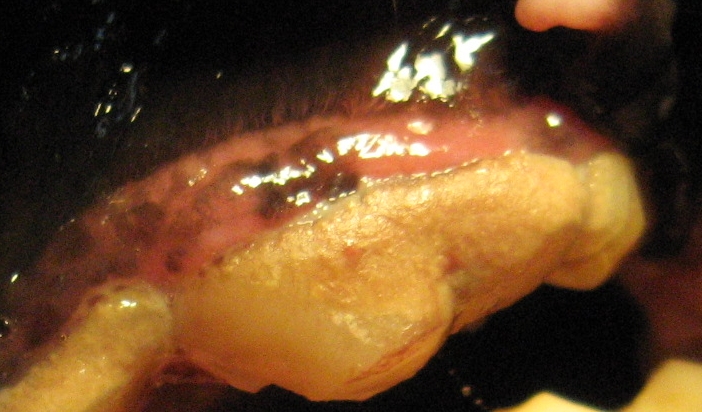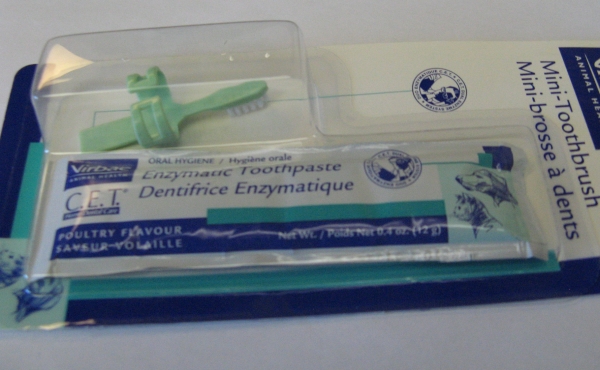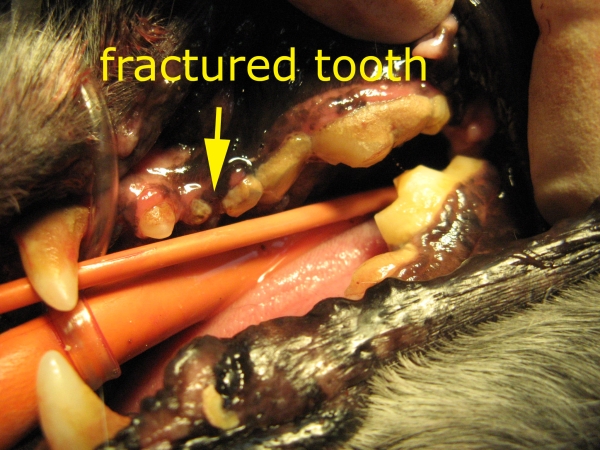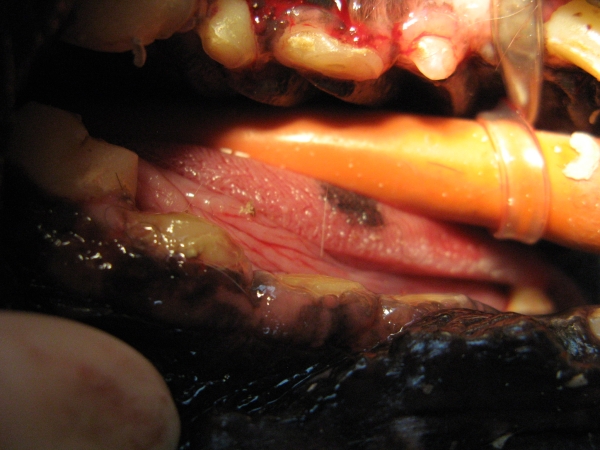Dental Health
Did you know that by age three 80% of dogs and cats have oral disease? Did you also know that this is a preventable disease?
All it takes is starting with the right diet and home care!
Feeding a dental formula (dry food) to your dog helps preventing plaque buildup. For cats, add a dental dry component to your cats diet, keeping in mind that their diet should be mainly wet or canned food.
Plaque is a slime comprised of bacteria, saliva and food particles, adhering to the teeth and filling the pockets between tooth and gum. Plaque collects minerals from the saliva to form tartar.
By brushing your pet’s teeth, you remove plaque and slow down tartar build up and most importantly gingivitis and periodontitis! Start with your puppy! Yes, baby teeth will fall out, but what you teach your puppy is ‘a piece of cake’ for your adult dog. More importantly, you are in the routine once the permanent teeth erupt and your pet gets the proper dental care right from the start!

